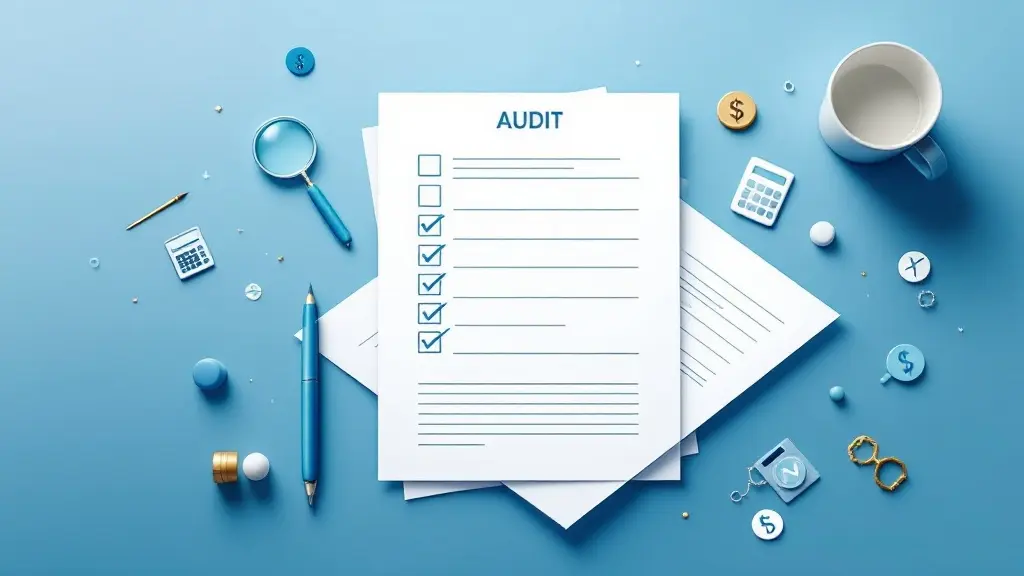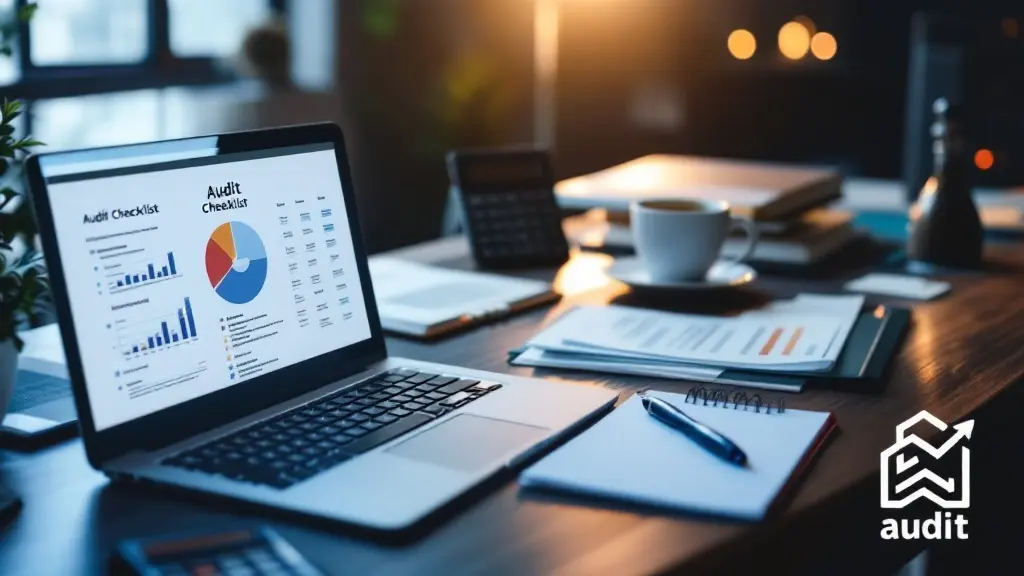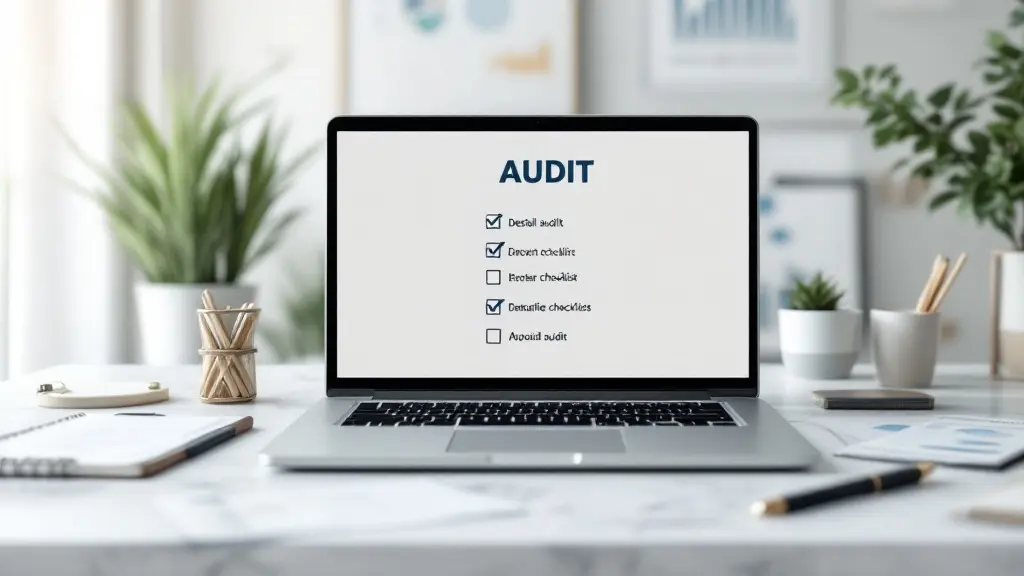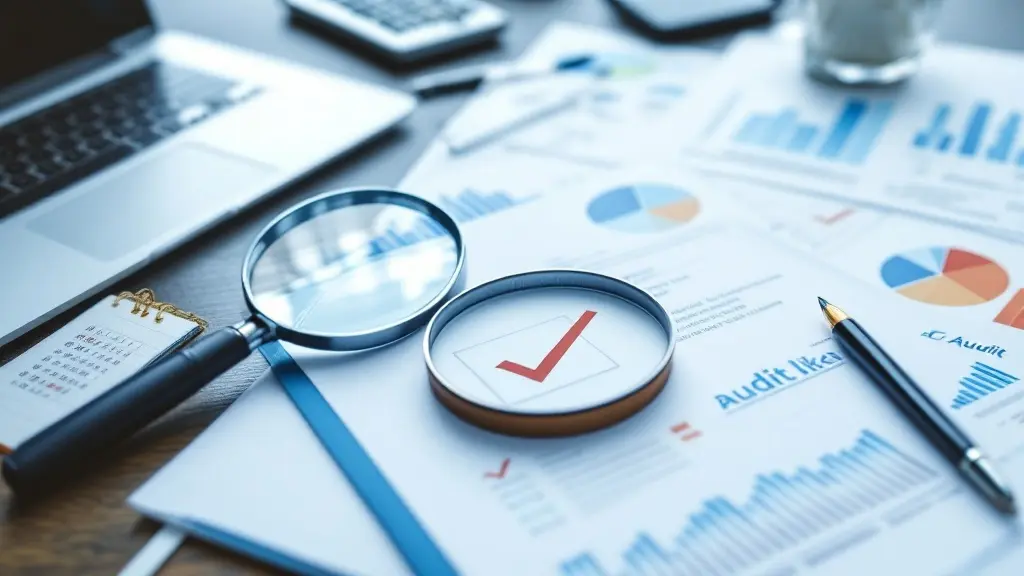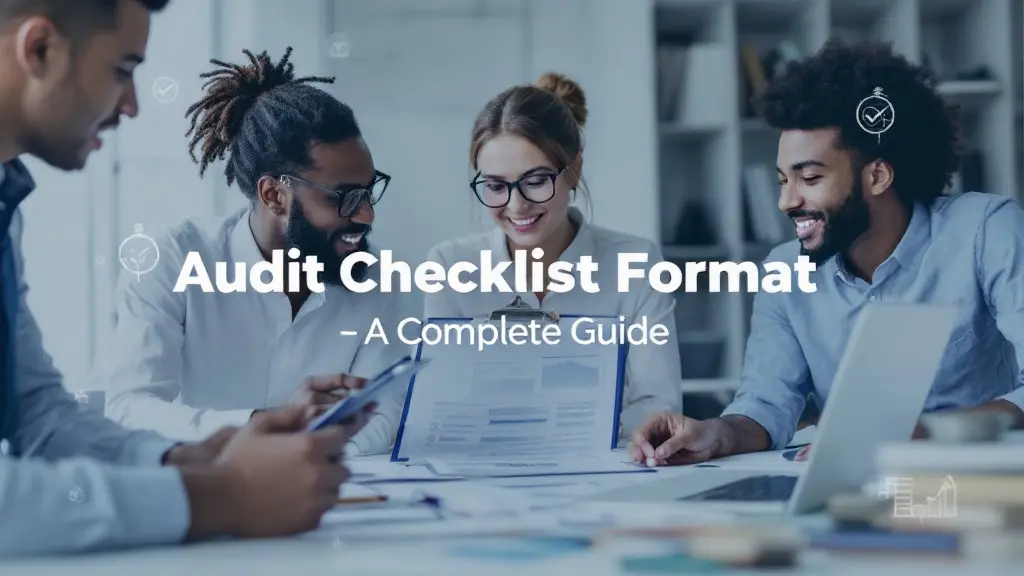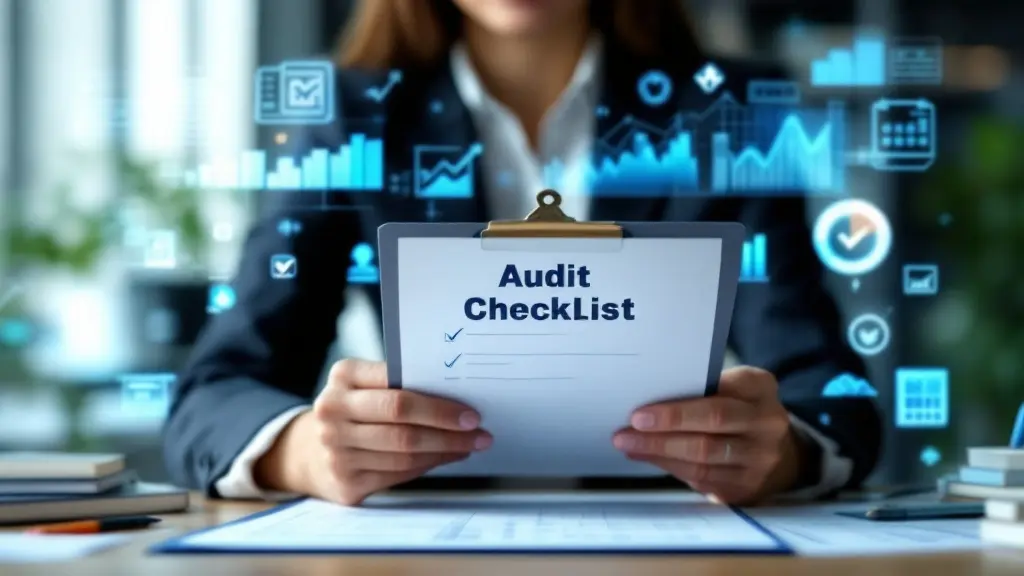The Ultimate Audit Checklist: A Complete Guide to Successful Auditing
Table of Contents
Most Read
[fusion_dropcap class="fusion-content-tb-dropcap"]I[/fusion_dropcap]ntroduction
An audit is an essential process that provides businesses with a clear picture of their financial health, compliance, and internal controls. Whether you’re a small startup or a large corporation, an audit helps identify areas for improvement, ensures regulatory compliance, and builds trust with stakeholders. But for an audit to be effective, it needs to be thorough and systematic.
This audit checklist is designed to guide you through the audit process, ensuring no step is overlooked. Whether you’re preparing for an internal audit or a third-party examination, this checklist will help streamline the process and make it less overwhelming. Let’s dive into the key elements that form the foundation of a successful audit.
What Is an Audit Checklist?
An audit checklist is a tool used by auditors to ensure all necessary steps and procedures are followed during an audit. It serves as a guideline that helps ensure completeness and consistency, minimizing the risk of overlooking important details. It’s typically broken down into different categories such as financial records, compliance, internal controls, and operational effectiveness.
The audit checklist helps auditors stay organized and ensures they cover all relevant areas. For businesses, it serves as a guide to help prepare for audits, ensuring they have all the required documents and processes in place for a smooth audit.
Why Is an Audit Checklist Important?
- Ensures Comprehensive Coverage: A well-structured audit checklist ensures that no important audit areas are overlooked, leading to more accurate results.
- Streamlines the Audit Process: By following a checklist, the auditing team can perform their tasks efficiently, saving time and resources.
- Improves Compliance: An audit checklist ensures that businesses are adhering to relevant laws, regulations, and accounting standards.
- Identifies Areas for Improvement: An audit often highlights inefficiencies or areas of weakness in a company’s operations or financial reporting.
- Boosts Confidence: A successful audit, backed by a thorough checklist, can help build confidence among investors, stakeholders, and regulators.
The Key Components of an Effective Audit Checklist
- Pre-Audit Planning Before you even begin the audit process, it’s crucial to have a clear understanding of the scope and objectives of the audit. Proper planning will set the tone for the entire process. Checklist Items:
- Define the audit objectives and scope.
- Identify the type of audit (financial, compliance, operational, etc.).
- Determine the audit timeline and milestones.
- Identify key personnel and resources involved.
- Conduct a preliminary risk assessment.
- Document Collection One of the most critical steps in any audit is gathering all the relevant documents. Proper documentation provides auditors with the necessary information to evaluate the company’s financial standing and operational processes. Checklist Items:
- Review and collect financial statements (income statement, balance sheet, cash flow statement).
- Collect tax records and filings.
- Gather payroll records and employee benefit documents.
- Collect contracts, agreements, and other legal documents.
- Review bank statements, credit card statements, and loan records.
- Internal Control Evaluation The effectiveness of a company’s internal controls is a key focus of any audit. Internal controls help prevent fraud, errors, and inefficiencies. Checklist Items:
- Review segregation of duties within the finance and accounting team.
- Evaluate access controls to financial systems and records.
- Assess authorization processes for financial transactions.
- Review the company’s policy for handling cash and inventory.
- Assess risk management procedures and how risks are mitigated.
- Financial Transactions Testing Testing the company’s financial transactions is vital to ensuring that financial records are accurate and compliant with accounting standards. Auditors will check whether transactions are properly recorded and classified. Checklist Items:
- Test a sample of revenue transactions to ensure they are accurately recorded.
- Examine expenses and compare them to supporting documents (invoices, receipts).
- Verify that assets and liabilities are correctly classified on the balance sheet.
- Ensure that accounting entries align with the company’s financial policies.
- Check for any discrepancies or unusual transactions that need further investigation.
- Compliance and Regulatory Check Businesses must comply with various laws, regulations, and industry standards. An audit will assess whether the company adheres to these requirements. Checklist Items:
- Review compliance with tax laws and filing requirements.
- Check adherence to industry-specific regulations (e.g., HIPAA, GDPR).
- Ensure that financial reports are in line with accounting standards (e.g., GAAP, IFRS).
- Verify that all permits, licenses, and registrations are up-to-date.
- Check for any legal or regulatory fines, penalties, or pending litigations.
- Inventory and Asset Verification An audit often involves verifying the company’s inventory and physical assets to ensure they are accurately recorded in the financial statements. Checklist Items:
- Conduct a physical count of inventory and match it with inventory records.
- Verify the condition of assets (e.g., machinery, vehicles).
- Ensure that depreciation of assets is properly calculated and recorded.
- Review asset disposal procedures to ensure compliance with policies.
- Employee and Payroll Review An audit should also review the company’s payroll processes, as payroll is often a significant cost center. Ensuring compliance with labor laws is also important. Checklist Items:
- Ensure that payroll records are accurate and up-to-date.
- Verify employee benefits and compensation packages.
- Review tax withholding and payment records.
- Check for compliance with labor laws (minimum wage, overtime, etc.).
- Evaluate employee attendance records and leave balances.
- Reporting and Findings Once the audit is completed, auditors compile their findings and report on their observations. This report outlines any discrepancies, weaknesses, or areas for improvement. Checklist Items:
- Prepare a detailed audit report, including findings and recommendations.
- Summarize any material misstatements or issues discovered.
- Provide a list of areas where controls or processes can be improved.
- Include management’s response to audit findings.
- Review any follow-up actions required to resolve identified issues.
Tips for a Smooth Audit Process
- Start Early: Begin gathering documents and preparing for the audit as early as possible. This will give you ample time to address any gaps or issues before the auditor arrives.
- Be Transparent: Provide auditors with open access to all relevant records and personnel. Transparency helps ensure an accurate and fair audit.
- Stay Organized: Use the audit checklist to stay organized and track your progress throughout the audit. A systematic approach helps ensure that no detail is overlooked.
- Involve Key Stakeholders: Keep key team members involved in the audit process, including finance, legal, and operations. Their expertise will be valuable in addressing any issues raised during the audit.
- Review Findings Carefully: Once the audit report is completed, review it thoroughly and address any issues or recommendations provided by the auditors.
Conclusion
An audit checklist is an indispensable tool that helps ensure a smooth, efficient, and successful audit process. By following a well-organized checklist, you can cover all the necessary areas, from document collection to compliance and internal control evaluation. Whether you’re conducting an internal audit or preparing for an external review, having a detailed audit checklist in place will help you stay on track and make the process less daunting.
A comprehensive audit provides valuable insights into your company’s operations, financial health, and compliance standing. By addressing any weaknesses or gaps identified during the audit, businesses can enhance their efficiency, strengthen internal controls, and build trust with stakeholders.
Use this checklist to ensure that your next audit is a success, helping your business stay compliant, secure, and well-prepared for future growth.

